Unconventional ways to make your home more sustainable
Looking for unique and unexpected ideas to transform your home into an eco-friendly haven? In this article, we will explore unconventional methods that can make your home sustainable and help you reduce your carbon footprint.
As Mahatma Gandhi once said, "The future depends on what we do in the present." Let's make our present actions count, and together, we can make a lasting impact on the sustainability of our homes and the planet.
Are you tired of the same old sustainability tips for your home? Ready for something that goes beyond the typical solar panels and compost bins? Look no further. In this post, we will look at some other, more unconventional and exciting methods to transform your home into an eco-friendly haven.
By exploring these unique ideas, you’ll reduce your carbon footprint and create a living space that is truly one-of-a-kind.
Repurposing Old Materials
Throughout history, people have constantly found innovative ways to repurpose old materials, breathing new life into items that would otherwise end up in landfills. By incorporating this age-old practice into your home, you contribute to our planet’s sustainability and infuse your living space with a unique charm and character.
One exciting way to repurpose old materials is by transforming wooden pallets into functional and stylish furniture pieces. These versatile structures can be easily transformed into coffee tables, shelves, or even outdoor seating, adding a touch of rustic elegance to your home. By giving new purpose to discarded pallets, you not only reduce waste but also showcase your creativity and DIY skills.
Another way to repurpose old materials is by upcycling vintage or antique furniture. (one of my favourite things to do).
From refinishing a worn-out wooden dresser to transforming an old door into a headboard, the possibilities are endless.
Don’t limit yourself to furniture alone – repurposing old materials can extend to other areas of your home as well. Have you ever considered using old wine bottles as decorative vases? By simply removing the labels, these bottles can become beautiful centerpieces, adding a touch of elegance and sustainability to your dining table. Similarly, repurposing mason jars as storage containers or candle holders not only reduces waste but also adds a charming touch to your kitchen or bathroom.
When repurposing old materials, your imagination is the only limit. From turning vintage suitcases into stylish side tables to transforming discarded windows into unique picture frames, the possibilities are endless. By embracing this unconventional approach to sustainable living, you not only contribute to the environment but also create a home that tells a story – a home that reflects your creativity and commitment to a greener future.,
Incorporating Natural Elements
One of the most effective ways to make your home sustainable is by incorporating natural elements into your design. Not only does this create a visually appealing and soothing environment, but it also has numerous environmental benefits.
Bringing nature indoors can improve air quality, conserve energy, and reduce your carbon footprint.
One simple way to incorporate natural elements is by using plants as part of your home decor.
Indoor plants add a touch of greenery and help purify the air by removing toxins and releasing oxygen. Consider placing potted plants strategically around your home, such as in the living room, kitchen, or bathroom, to reap the maximum benefits.
You can also create vertical gardens using repurposed materials like wooden pallets or old ladders, bringing a unique and eco-friendly twist to your space.
In addition to plants, you can also introduce natural materials into your home.
Sustainable flooring options such as bamboo, cork, or reclaimed wood look beautiful and have a lower environmental impact than traditional flooring materials. Natural fibers like cotton, hemp, or linen can be used for curtains, upholstery, or bedding, adding a touch of organic luxury to your home.
Furthermore, consider incorporating natural lighting by maximizing the use of natural sunlight. Utilize large windows, skylights, or light shelves to bring in more daylight, reducing the need for artificial lighting during the day. This saves energy and promotes a healthier and more productive environment.
Embracing Innovative Technologies
In addition to incorporating natural elements into your home, another way to make your home more sustainable is by embracing innovative technologies. These cutting-edge advancements not only enhance your eco-friendly lifestyle but also contribute to a more efficient and sustainable living space.
One example of innovative technology is the use of smart thermostats. These devices allow you to easily control and optimize your home’s heating and cooling systems, reducing energy waste and saving you money on utility bills. With features like programmable schedules and real-time monitoring, smart thermostats ensure that your home is always at the ideal temperature while minimizing energy consumption.
Another technology gaining popularity is solar panels. By harnessing the power of the sun, solar panels generate clean and renewable energy that can be used to power your home. Installing solar panels not only reduces your reliance on fossil fuels but also potentially allows you to sell excess energy back to the grid, further contributing to a more sustainable energy system.
Furthermore, consider exploring the world of home automation. With smart home technology, you can control various aspects of your home, such as lighting, appliances, and security systems, with a simple tap on your smartphone. This level of control allows you to optimize the use of energy-consuming devices and ensure they are only in use when needed, leading to significant energy savings.
By embracing these innovative technologies, you not only enhance the sustainability of your home but also pave the way for the next section on implementing sustainable practices. Together, these steps create a comprehensive approach to making your home more environmentally friendly and energy-efficient.,
Implementing Sustainable Practices
One of the first steps in implementing sustainable practices is to conduct an energy audit for your home. This will help identify areas where energy is wasted and allow you to make informed decisions on reducing consumption. Simple changes like sealing air leaks, adding insulation, or upgrading to energy-efficient windows can go a long way in lowering energy usage and reducing your carbon footprint.
Another crucial aspect of sustainable living is water conservation. Installing low-flow fixtures and faucets can significantly reduce water consumption without sacrificing comfort. Additionally, consider implementing rainwater harvesting systems to collect and use rainwater for irrigation, minimizing reliance on municipal water sources. By optimizing water usage, you not only conserve a precious resource but also save on utility bills.
Waste management is another key element of sustainable practices. Implementing a comprehensive recycling system and composting organic waste is a great way to minimize landfill waste. Recycling not only reduces the strain on natural resources but also decreases pollution and energy consumption associated with manufacturing new products. Conversely, composting allows organic waste to be transformed into nutrient-rich soil, providing a natural alternative to chemical fertilizers.
Furthermore, adopting sustainable transportation methods can extend the reach of our efforts beyond the boundaries of our homes. Consider investing in electric vehicles or using public transportation, cycling, or walking for your daily commute whenever possible. By reducing our reliance on fossil fuels, we can contribute to reducing air pollution and greenhouse gas emissions, ultimately promoting a cleaner and healthier environment.
Implementing sustainable practices in our homes requires a holistic approach, incorporating various aspects of our daily lives. By optimizing energy usage, conserving water, managing waste efficiently, and embracing alternative transportation methods, we can create a truly sustainable lifestyle. These steps benefit the environment and contribute to lower utility bills and a healthier living environment for ourselves and future generations.
Finally, exploring unconventional methods to make your home sustainable can make a difference in reducing your carbon footprint and creating an eco-friendly haven. By repurposing old materials, incorporating natural elements, embracing innovative technologies, and implementing sustainable practices, you can transform your living space and contribute to a greener future for your home and the environment. As you start implementing these ideas, remember that every small step counts in the movement towards sustainability.
Join
Work With Me


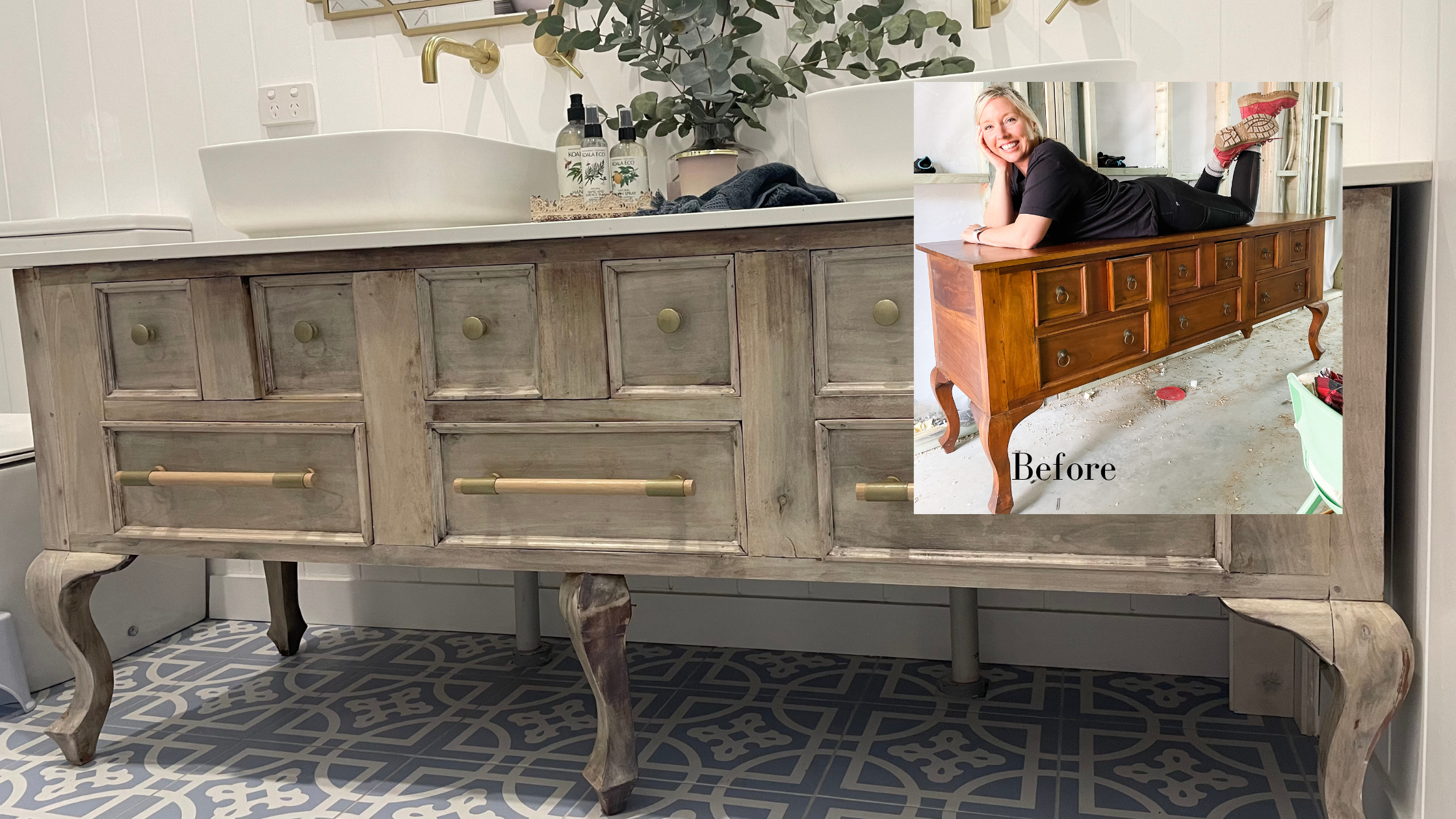
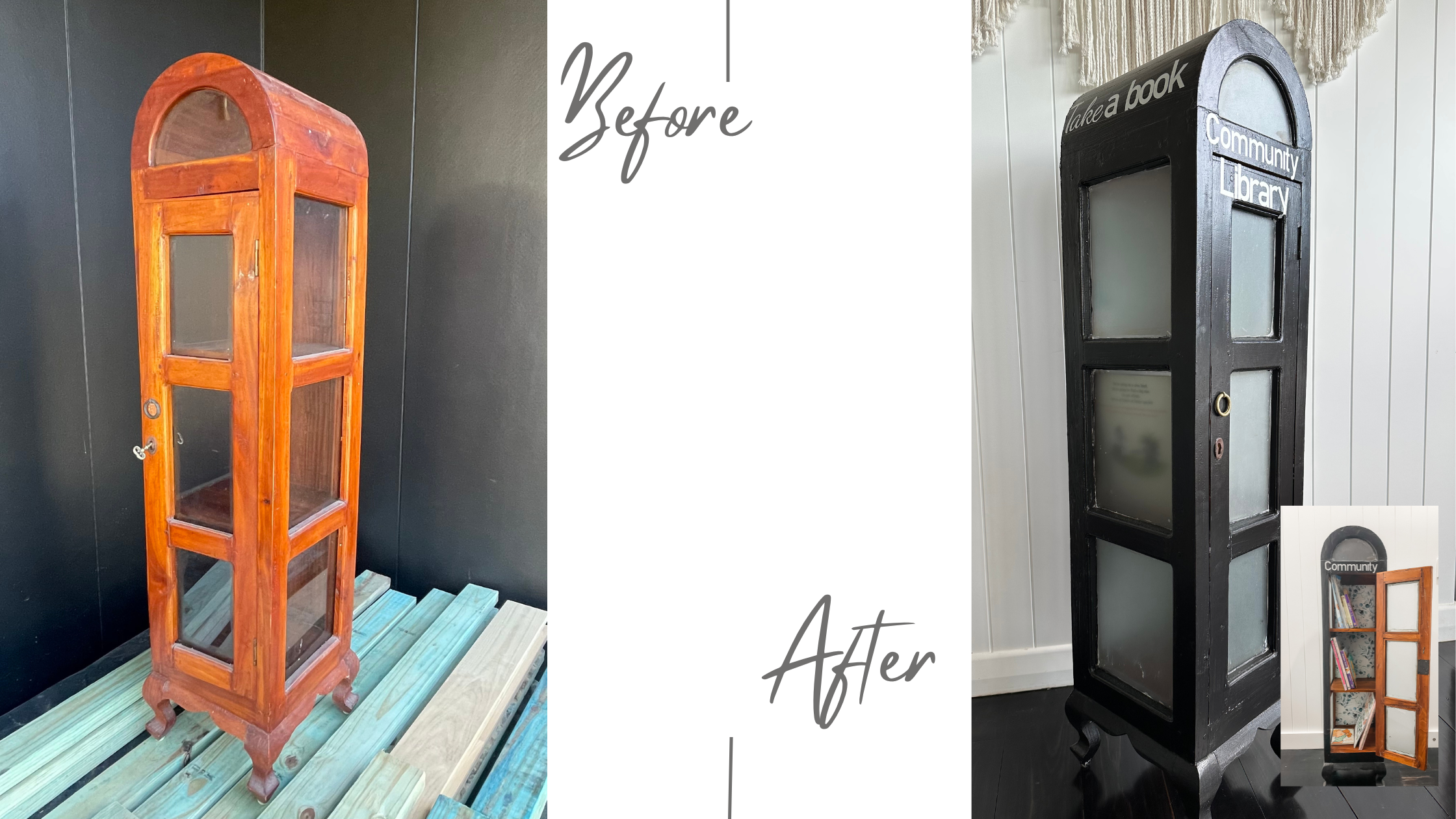
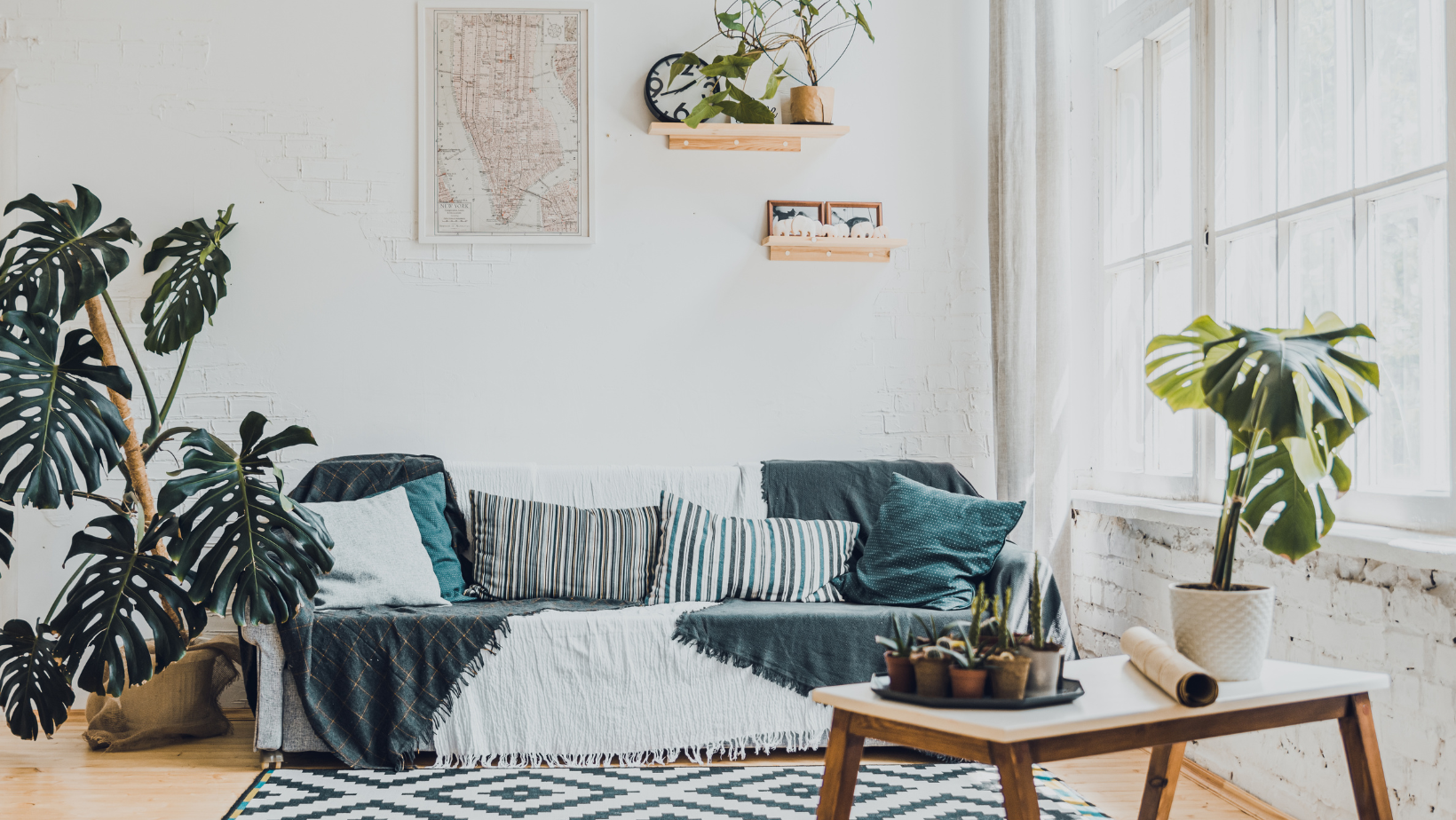
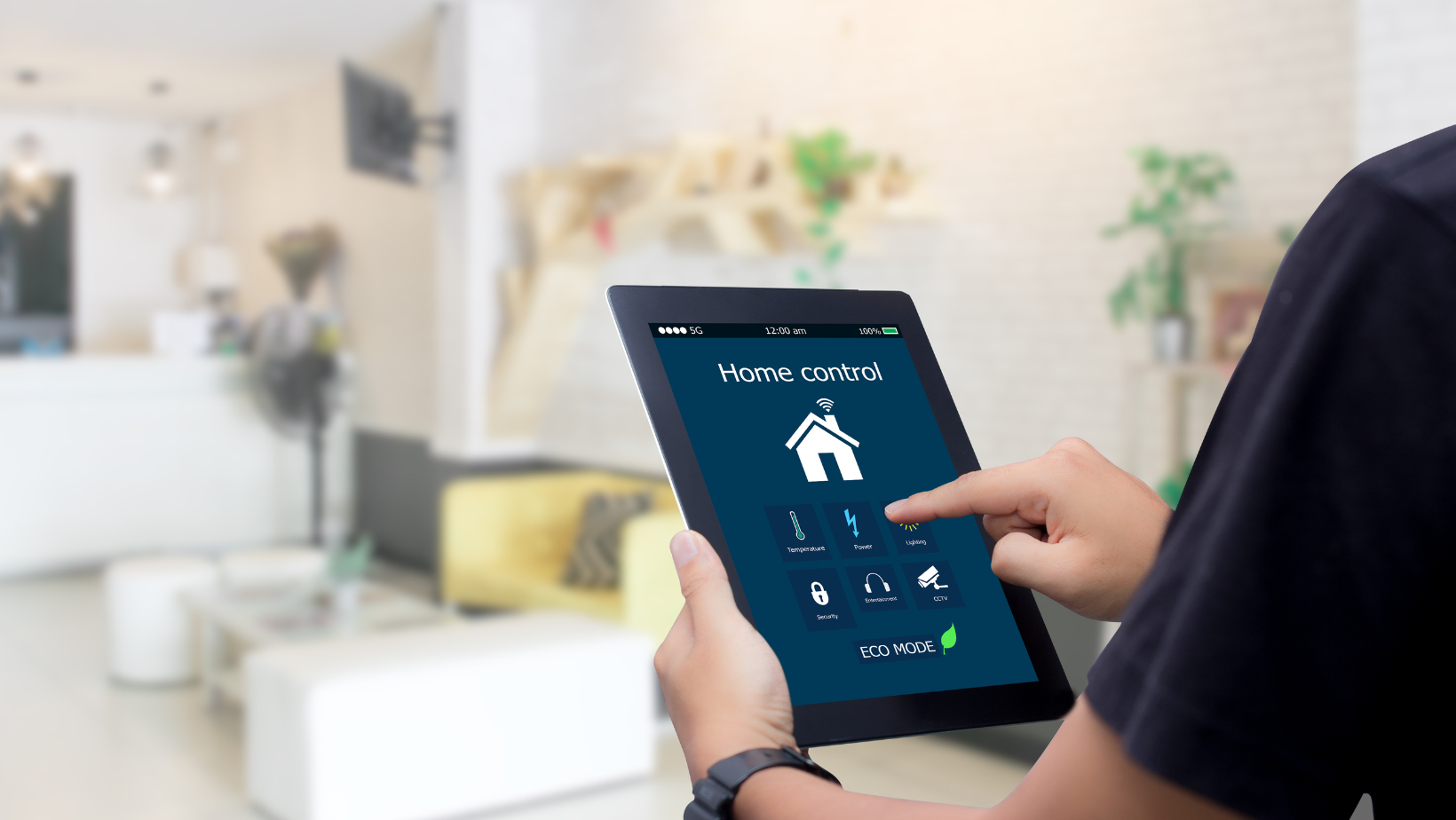
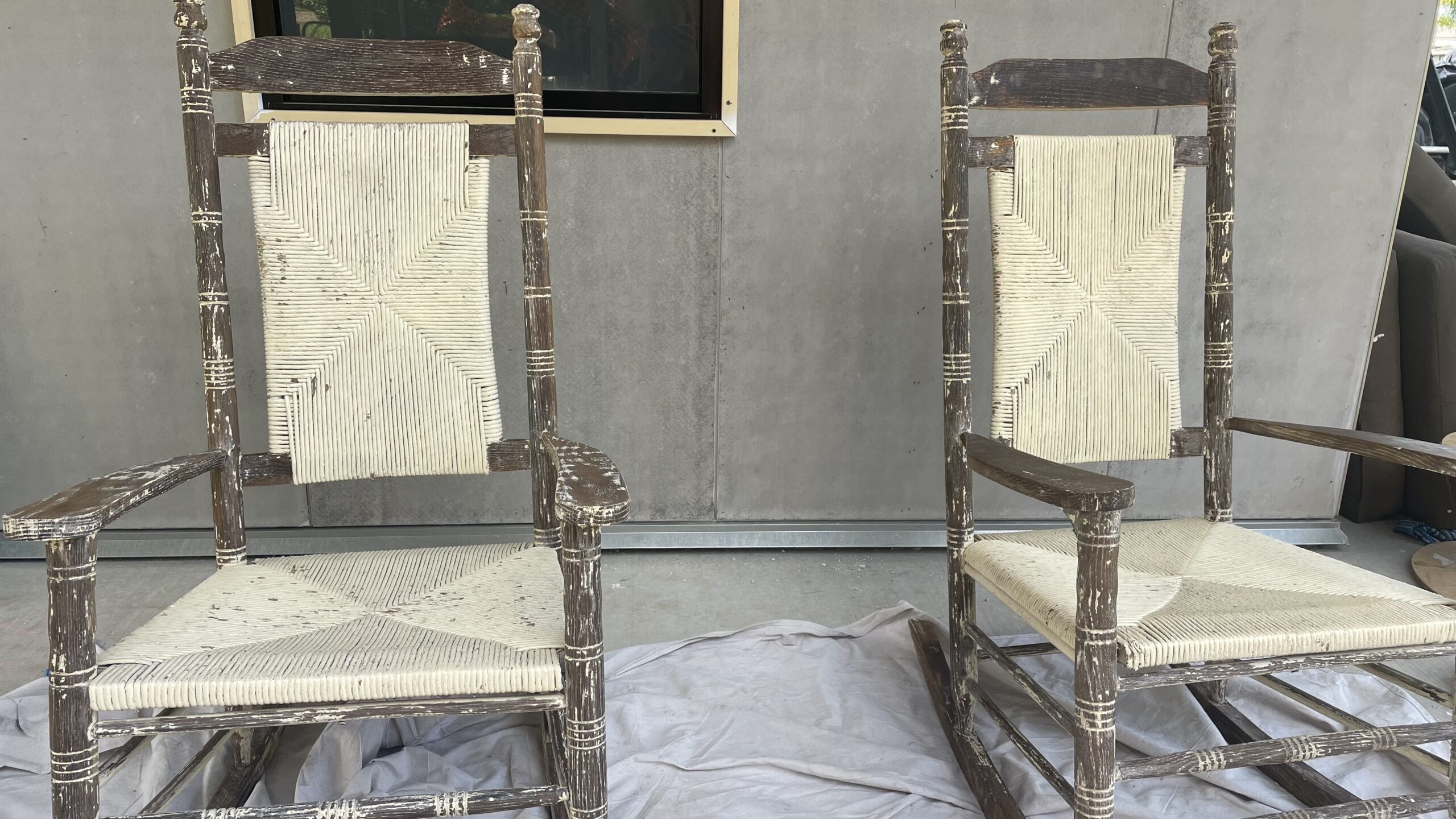
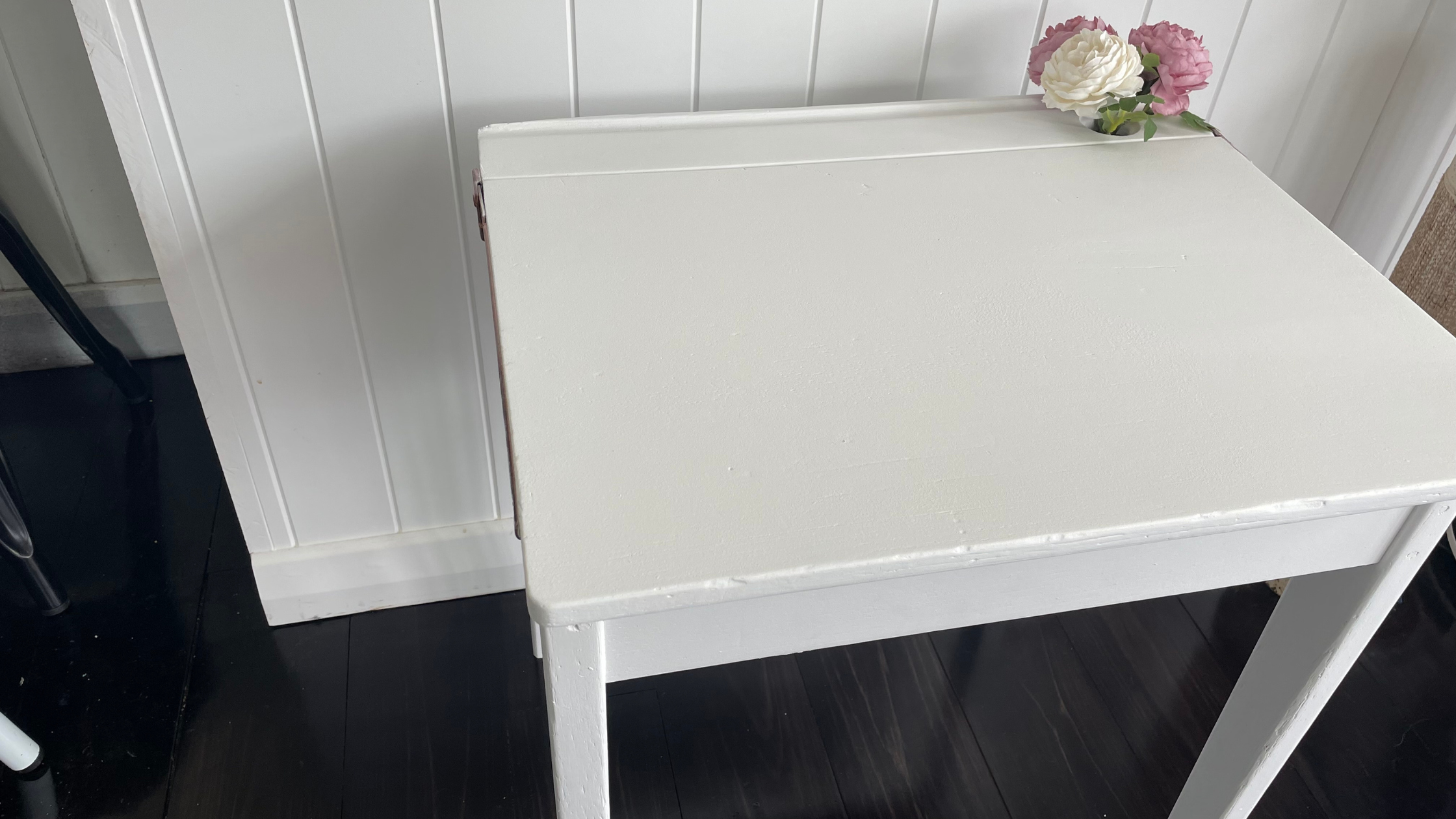

0 Comments